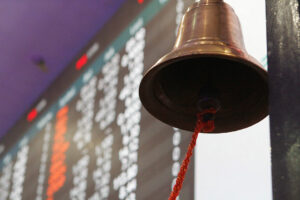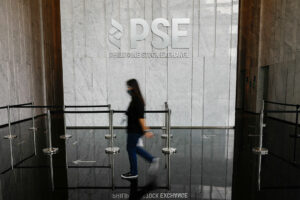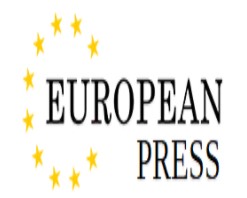In the polished galleries of Mayfair and the rarefied auction houses of Sotheby’s and Christie’s, a quiet financial revolution is under way.
Britain’s wealthiest investors are increasingly channelling capital into fine art — not merely for aesthetic enjoyment, but as a shrewd, tax-efficient store of value.
Once considered the preserve of collectors and connoisseurs, art is now firmly on the radar of the financial elite. In 2023, the global art market was valued at over $65 billion, with the UK accounting for a substantial 17 per cent, making it the second-largest art economy after the United States. Amid economic turbulence, soaring interest rates, and volatile equity markets, high-end art has proven resilient, particularly at the top end of the market.
According to Deloitte’s 2024 Art & Finance Report, 85 per cent of wealth managers now consider art and collectibles to be viable components of a diversified wealth portfolio.
Support authors and subscribe to content
This is premium stuff. Subscribe to read the entire article.












